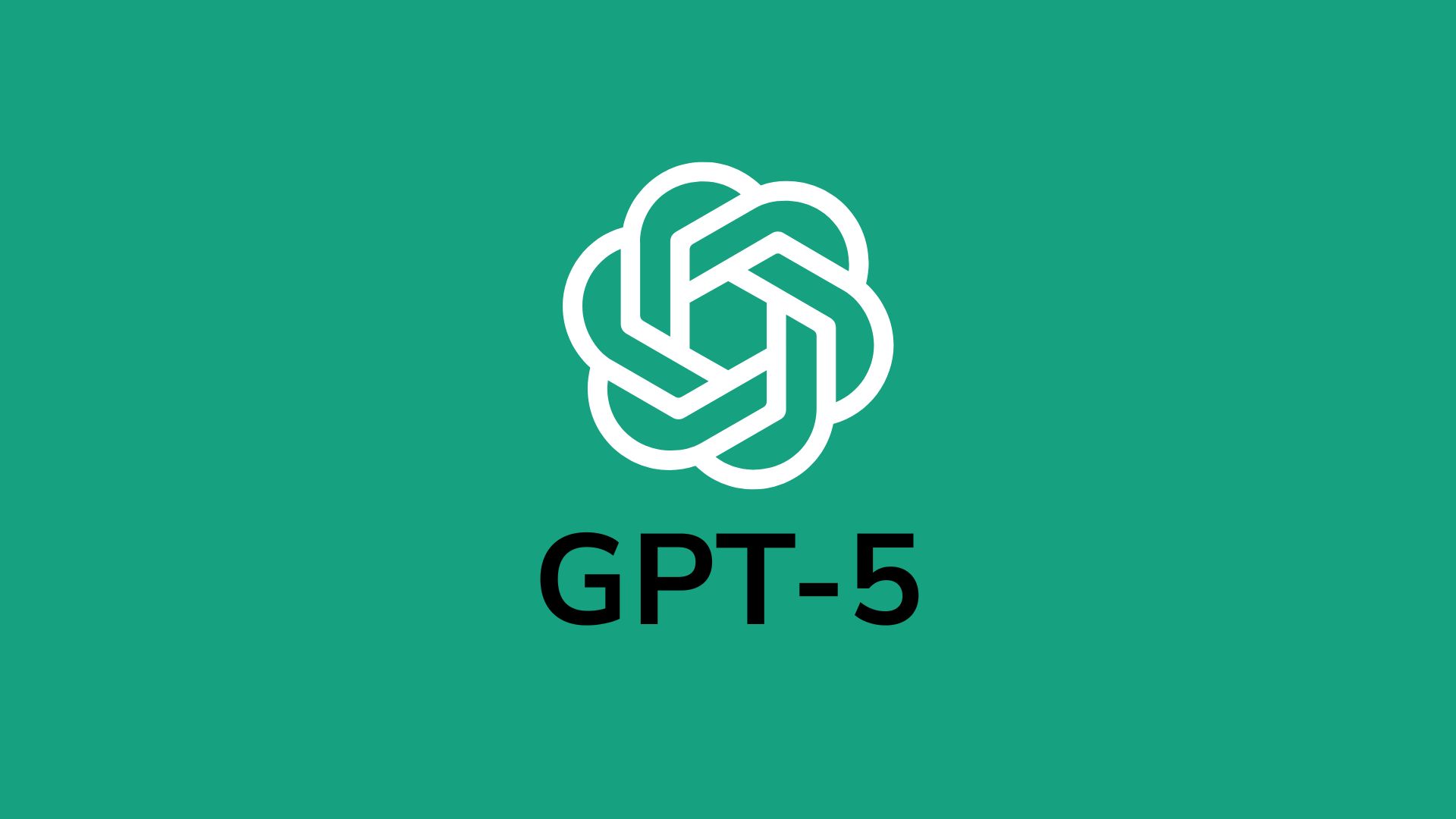The UN Development Programme (UNDP) plans to launch a ‘Government Blockchain Academy’ next year to educate public sector officials on blockchain, AI, and other emerging technologies.
The initiative aims to help governments leverage tech for economic growth and sustainable development.
The academy will partner with the Exponential Science Foundation, a non-profit promoting blockchain and AI. Training will cover financial services, digital IDs, public procurement, smart contracts, and climate finance to help governments boost transparency, inclusion, and resilience.
UNDP officials highlighted that developing countries, including India, Pakistan, and Vietnam, are already among the leading adopters of crypto technology.
The academy will provide in-person and online courses, workshops, and forums to guide high-impact blockchain initiatives aligned with national priorities.
The programme follows last year’s UNDP blockchain academy, created in partnership with the Algorand Foundation, which trained over 22,000 staff members to support sustainable growth projects in participating countries.
Would you like to learn more about AI, tech and digital diplomacy? If so, ask our Diplo chatbot!










